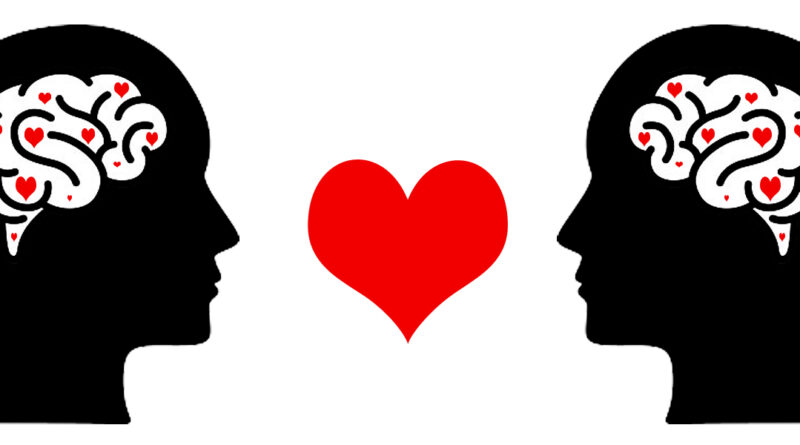Finding Love on TV
How brain research could help save reality dating shows
By David Claud, MD, PhD | Graphic by Brandy Cruz
Have you ever watched a reality show, such as “The Bachelor” or “The Bachelorette” and wondered about the authenticity of the contestants’ feelings toward the bachelor or bachelorette?
Though not a regular viewer myself (not that I would admit it here if I were), since I care for my relatives who invest their time and brain cells watching the shows, I find myself asking the same question many Tex Appeal readers are posing at this point: “How could the producers restructure the shows in a way that would increase viewership, raise awareness for research projects currently underway to map the brain, and help the viewers feel more invested in these couples?”
My recommendation: periodically perform a functional MRI (fMRI) on contestants to give viewers more information as they suss out which contestants are faking a romantic interest in the bachelor or bachelorette so they can advance to the next round.
For those who are a little hazy about the finer points of fMRIs and brain research:
fMRIs: After the neurons (brain cells) in a specific region of the brain do work related to cognitive activity, they receive an increased amount of oxygen, delivered via an extra serving of oxygenated hemoglobin. Because oxygenated hemoglobin responds to a magnet differently than deoxygenated hemoglobin, a functional MRI can detect which regions of the brain receive more oxygen in association with the performance of specific cognitive tasks, and therefore map specific areas of the brain to specific cognitive functions.
While hooked to the fMRI, scientists have discovered that when people are shown an image of someone they are romantically attracted to, some specific areas of the brain receive more oxygen in response to increased neuronal activity associated with seeing the image. (For those desiring to impress their Valentine’s Day date, find a way to casually work into your conversation that the caudate nucleus and the ventral tegmental areas of the brain receive more oxygen when one is shown such an image.)
BRAIN Initiative: fMRIs are one tool that neuroscientists use in their efforts to revolutionize our understanding of the human brain. In 2014, the National Institutes of Health initiated the BRAIN Initiative to lead effective collaboration amongst neuroscientists around the world to expedite our journey to understanding the brain. $680 million was appropriated to this initiative in Fiscal Year 2023.
The series’ producers could perform an fMRI on each contestant while they’re shown a picture of the bachelor or bachelorette so viewers could know if their fMRI results were consistent with the attraction they claimed to have toward the bachelor or bachelorette.
Using fMRIs in this way would evoke many questions and ideas from viewers, including: Is it better to show the bachelorette the results during the competition, or is it better to wait to show her until after her selection? Is possible that some contestants not romantically attracted to the bachelorette would try to “beat the test” by thinking of someone who they were attracted to when shown the image of the bachelorette? Would it be useful to measure changes in contestant’s hormone levels involved in love, such as testosterone, estrogen, dopamine, norepinephrine, serotonin, and oxytocin? Would measurement of pupillary dilation be helpful? Is the fMRI really a valid tool? All great questions that could be answered by a co-host who also happened to be a neuroscientist.
On this Valentine’s Day, I appeal to the reality shows’ producers: use fMRI to boost ratings and increase national awareness of the BRAIN Initiative.




